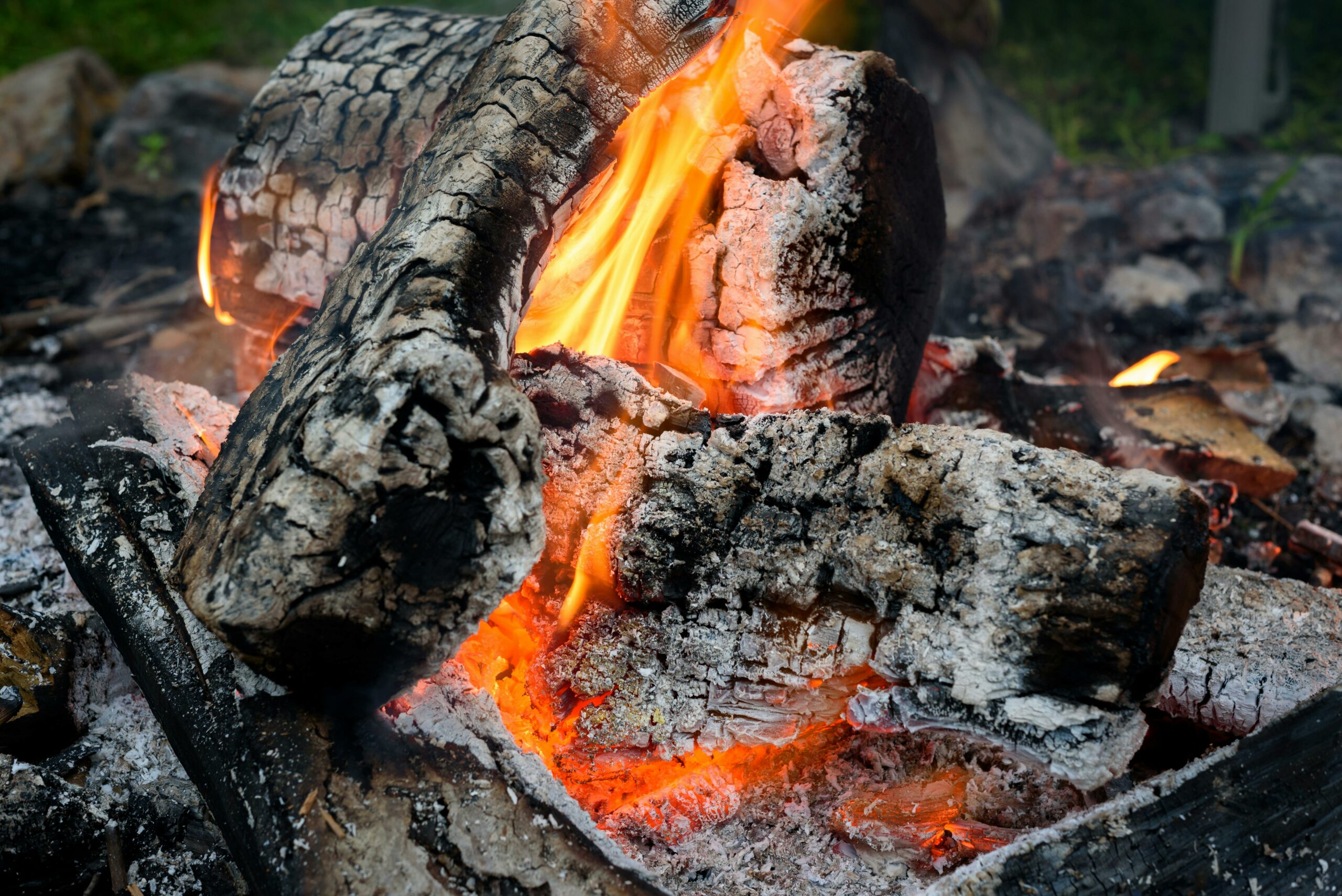Don’t trash the ashes from wood-burning fireplaces and stoves

COLUMBIA, Mo. — The phrase “waste not, want not” goes back to a time when the essentials of life were difficult to obtain, but it continues to be good advice today, says University of Missouri Extension horticulturist David Trinklein.
It applies even to ashes produced this time of the year by wood-burning fireplaces and stoves.
“When collected and spread on the garden, wood ashes are an excellent and free source of calcium and other plant nutrients,” Trinklein said in a press release.
Ashes are the organic and inorganic remains of the combustion of wood. Their composition varies due mainly to the species of wood. As a rule, hardwood species produce three times more ashes and five times more nutrients than softwood species, he said.
Since carbon, nitrogen and sulfur are the elements primarily oxidized in the combustion process, wood ashes contain most of the other essential elements required for the growth of the tree used as fuel. By weight, wood ashes contain 1.5%-2% phosphorus and 5%-7% potassium. If listed as a fertilizer, most wood ashes would have the analysis of 0-1-3 (N-P-K). Calcium content ranges from 25% to 50%.
Because of the high calcium content, it’s probably best to think of wood ashes as a liming material to adjust soil pH rather than a regular fertilizer to supply an array of nutrients, said Trinklein. The ideal pH range for most garden plants is about 6.0 to 6.5. When soil pH falls below this range, certain essential mineral elements become less available to the plant. Since garden soils tend to become more acidic as plants take up nutrients, periodic adjustment to decrease soil acidity (increase pH) is necessary.
Most wood ashes have an acid neutralizing equivalent of about 45%-50% of calcium carbonate (limestone). In other words, it takes about twice the weight of wood ashes compared with limestone to cause the same change in soil acidity. For example, if soil tests indicate you need 5 pounds of limestone per 100 square feet of garden area to raise the soil pH to an acceptable level, you would need 10 pounds of wood ashes to make the same change, Trinklein said.
Apply small amounts of wood ashes to the garden on a yearly basis to supply other nutrients such as phosphorus and potassium. Trinklein recommends a soil test every two to three years where light applications are made on a regular basis. Excessive application of wood ashes can lead to a buildup of pH above the optimum range. This can result in other nutritional problems because of reduced nutrient availability at high pH values.
Wood ashes not applied to the garden immediately should be stored under dry conditions. Ashes piled outdoors lose most of their potassium in a year’s time due to leaching from rains. Additionally, weathered wood ashes’ ability to act as a liming agent also is greatly reduced.
Because of the fine nature of wood ashes, they cannot modify soil structure and, therefore, are not considered a soil conditioning agent. The carbon compounds that act as a soil conditioner when sawdust, leaf mold or compost are applied to garden soil, for the most part, have been consumed by the fire.
Wood ashes are highly alkaline. As a safety precaution, wear protective glasses, gloves and a dust mask when spreading on the garden. Ashes from burning cardboard, trash, coal or treated wood of any type may contain potentially harmful materials and should not be used on the garden.
Miss Clipping Out Stories to Save for Later?
Click the Purchase Story button below to order a print of this story. We will print it for you on matte photo paper to keep forever.

